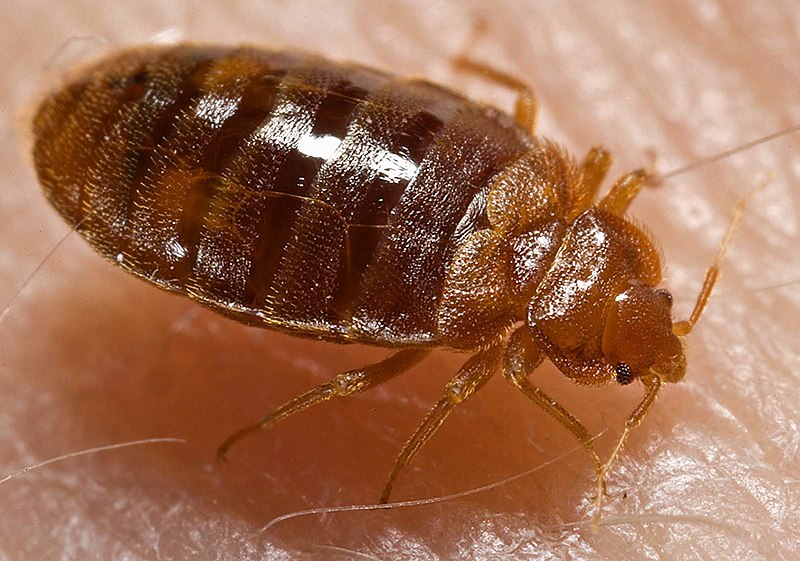Ficheiro:Bed bug, Cimex lectularius.jpg

Tamaño desta vista previa: 800 × 561 píxeles. Outras resolucións: 320 × 224 píxeles | 640 × 449 píxeles | 1.024 × 718 píxeles | 1.280 × 898 píxeles | 1.600 × 1.122 píxeles.
Ficheiro orixinal (1.600 × 1.122 píxeles; tamaño do ficheiro: 161 kB; tipo MIME: image/jpeg)
Historial do ficheiro
Prema nunha data/hora para ver o ficheiro tal e como estaba nese momento.
| Data/Hora | Miniatura | Dimensións | Usuario | Comentario | |
|---|---|---|---|---|---|
| actual | 17 de maio de 2007 ás 14:11 |  | 1.600 × 1.122 (161 kB) | Patho | == Summary == {{Information |Description=ID#: 9822 Description: This 2006 photograph depicted an oblique-dorsal view of a '''bed bug nymph, Cimex lectularius''', as it was in the process of ingesting a blood meal from the arm of a “voluntary” human h |
Uso do ficheiro
As seguintes 5 páxinas usan este ficheiro:
Uso global do ficheiro
Os seguintes wikis empregan esta imaxe:
- Uso en af.wikipedia.org
- Uso en an.wikipedia.org
- Uso en ar.wikipedia.org
- Uso en arz.wikipedia.org
- Uso en ast.wikipedia.org
- Uso en azb.wikipedia.org
- Uso en be.wikipedia.org
- Uso en bg.wikipedia.org
- Uso en bjn.wikipedia.org
- Uso en bn.wikipedia.org
- Uso en bs.wikipedia.org
- Uso en ca.wikipedia.org
- Uso en ca.wiktionary.org
- Uso en ceb.wikipedia.org
- Uso en cs.wikipedia.org
- Uso en cv.wikipedia.org
- Uso en dag.wikipedia.org
- Uso en de.wikibooks.org
- Uso en din.wikipedia.org
- Uso en el.wikipedia.org
- Uso en eml.wikipedia.org
- Uso en en.wikipedia.org
- Uso en en.wikinews.org
- Uso en en.wiktionary.org
Ollar o uso global deste ficheiro.
